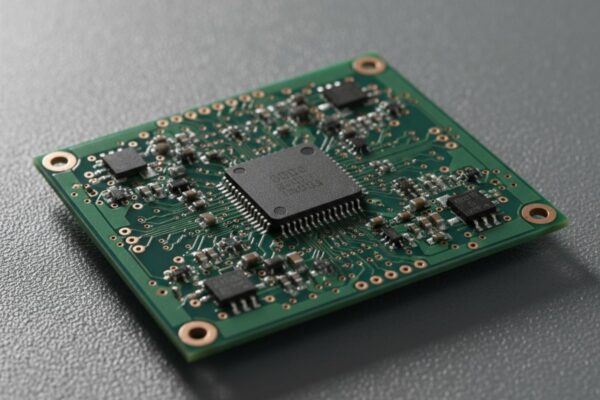What is Axial Lead
Axial lead refers is a lead configuration commonly used in the PCB (Printed Circuit Board) industry. It is characterized by wire leads that extend from both ends of a cylindrical or elongated component, following the geometrical axis of symmetry. This configuration allows for easy integration of the component into circuit designs, as the leads resemble wire jumpers and can be used to span short distances on a board or through open spaces in point-to-point wiring.
The key advantage is their low-profile or flat configuration when placed parallel to the board. This feature makes them particularly suitable for applications where vertical space is limited. In contrast to radial leads, which project from the same surface of a component package and stand up perpendicular to the board, axial leads offer a more compact footprint on the board.
Axial lead components find widespread use in various electronic devices, including carbon resistors, electrolytic capacitors, fuses, and light emitting diodes (LEDs). They are designed for easy installation on PCBs, with the leads typically being solid, single-strand wire. However, heavy-duty components may feature stranded or braided leads to accommodate higher current loads.
Frequently Asked Questions
What Is the Difference Between Radial Leads and Axial Lead
Through-hole mounting components can be categorized into two types: axial leads and radial leads. Axial lead components have leads positioned on both ends of the component. On the other hand, radial components have leads located on one end of the component.
What Is Axial Component
Axial-leaded components are widely recognized as the most frequently utilized type of discrete component in through-hole printed wiring assembly. For common accept/reject criteria, refer to Section 6.01 “Through-Hole Soldering, General Requirements.” It is preferred to mount these components horizontally in non-plated through holes (NPTH).
What Is Non Axial vs Axial
“Non-axial” refers to a type of disease where symptoms are present, but there is no observable damage on X-rays, unlike ankylosing spondylitis, which is a form of inflammatory arthritis that does show visible damage. On the other hand, “axial” specifically pertains to the joints primarily affected by the disease, such as the spine, chest, and hip bone.





